During the height of the Roman Empire, the Iberian Peninsula played a crucial role in the expansion and consolidation of Rome’s influence. Iberia granted Rome access to trade routes and, even more importantly, valuable mineral resources. As a result, several important towns were founded or significantly flourished in present-day Spain and Portugal during Roman rule.
This article discusses the best Roman-era cities in Spain. These cities encompass ancient urban centers that thrived under Roman governance, settlements established by the Romans themselves, and a small selection of cities that, while not regarded as major hubs during the imperial period, still contain well-preserved Roman-era landmarks that exist today.
A Brief History of Roman-era Spain
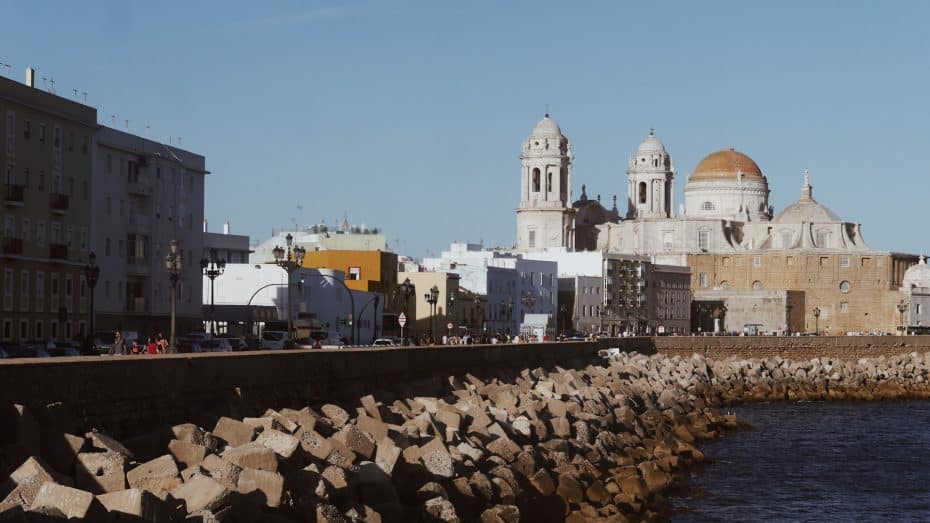
Pre-Roman Iberia
Before the Roman conquest of the peninsula, the region was inhabited by various peoples. The most prominent were the Iberians, who lived in the eastern and southern parts of the peninsula. In addition to the Iberians, the Celts resided in the northwest. Phoenicians and Greeks had also established coastal colonies along the Mediterranean. These diverse groups coexisted, traded, and occasionally quarreled with each other until Roman influence began to dominate in the region.
The Roman Conquest of the Peninsula
In the 3rd century BCE, the Iberian Peninsula caught the attention of two powerful Mediterranean powers: Carthage and Rome. Initially drawn by its abundant natural resources, Carthage was able to expand its influence over most of southern Spain under its famed commander, Hannibal Barca. The Second Punic War (218-201 BCE) marked a turning point when Rome successfully challenged Carthage’s control in the region. Following their victory against Carthage in 201 BCE, Rome began a long process of subjugation and conquest over the vast territories of the Iberian Peninsula. The Roman conquest took nearly two hundred years (from 200 BCE to 19 BCE), culminating with Emperor Augustus’s rule – an era that signified the beginning of Roman Hispania.
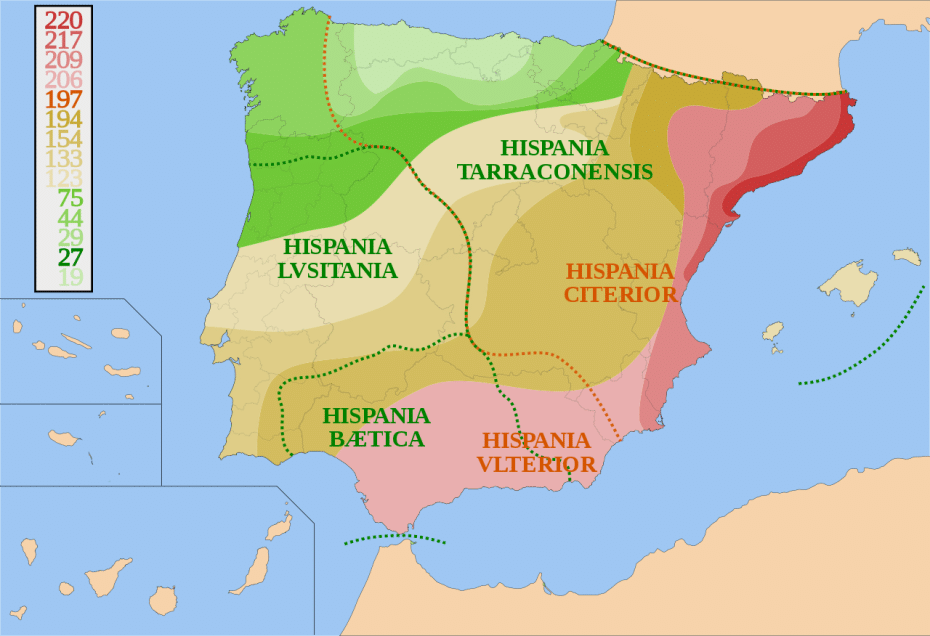
The newly established provinces of Hispania of Baetica, Lusitania, and Hispania Tarraconensis flourished under Roman rule and became a significant agricultural and mineral resource pool for the empire. During this period, important cities like Corduba (Córdoba), Emerita Augusta (Mérida), and Caesar Augusta (Zaragoza) were founded or majorly expanded. These towns featured Roman architecture with monumental structures such as aqueducts, theaters, and triumphal arches. The silver mines at Carthago Nova (Cartagena) played a critical role in Rome’s economic growth.
The Roman impact on present-day Spain is still evident today thanks to its contributions to language and culture. Latin became the dominant language across Hispania, serving as the base for modern-day languages such as Castilian, Portuguese, and Catalan. The evolving infrastructure during this period also laid the foundation for the contemporary road system in Spain.
The End of Roman Hispania
By the late 3rd century CE, Roman Hispania was facing numerous challenges – regional unrest, political strife within the empire, and external hostilities from barbarian groups posed significant threats. This resulted in internal revolts and frequent raids from Vandals and Visigoths. By 409 AD, numerous regions in Hispania were under barbarian control. Eventually, in 476 AD, when the Western Roman Empire fell, Roman-era Spain came to an end – marking a drastic transformation of Spain’s landscape in history.
The 11 Most Important Roman Cities in Present-Day Spain
1. Augusta Emerita
Mérida, Extremadura
Augusta Emerita, now known as Mérida, was an important Roman city in present-day Extremadura, Spain. It was founded in 25 BC by Emperor Augustus and became the capital of the Roman province of Lusitania. In the Roman period, it was a significant administrative and cultural center noted for its monumental buildings.
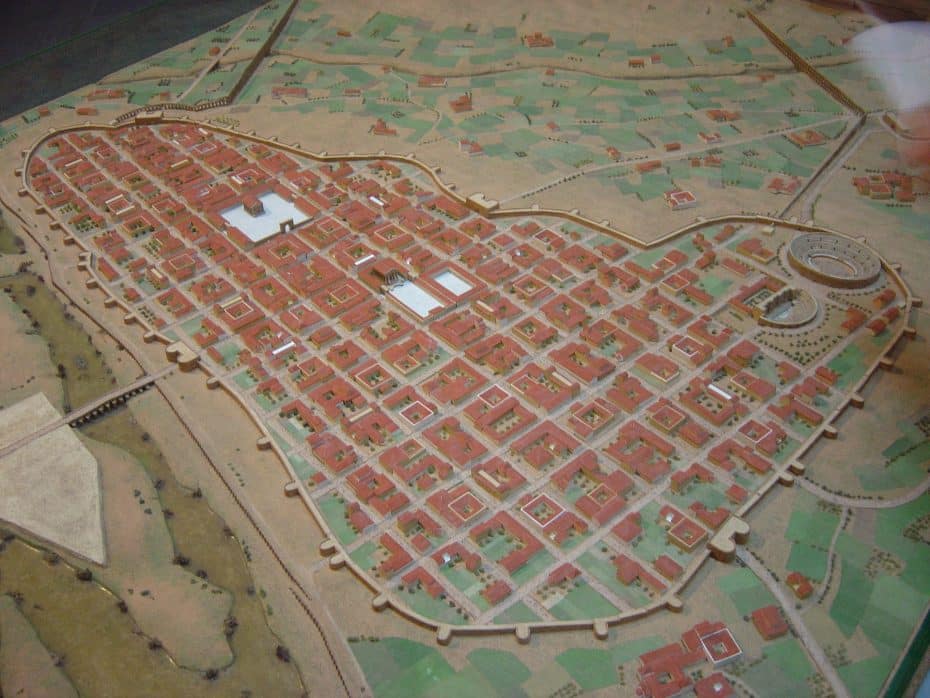
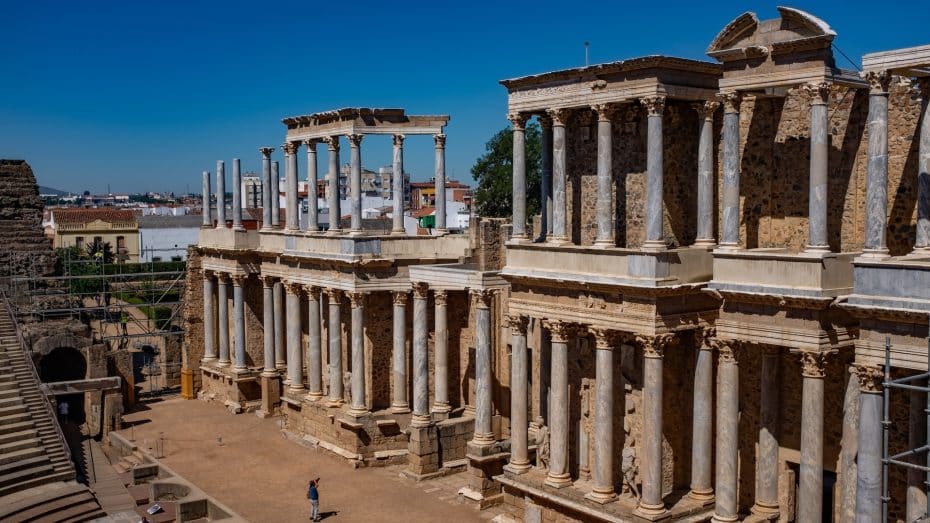
Today, Mérida is renowned for its numerous well-preserved Roman ruins. Some prominent examples include the Roman Theater, a remarkably preserved amphitheater that accommodates up to 6,000 spectators; the Temple of Diana; and the Arch of Trajan. The National Museum of Roman Art showcases various artifacts discovered within the city.
Every summer, Mérida hosts a prestigious classical theater festival that focuses on plays from the Greco-Roman era. The performances take place in the ancient Roman theatre, providing an authentic atmosphere for spectators. The festival has been held annually since 1933 and has become an essential event for those interested in classical theater.
2. Caesaraugusta
Zaragoza, Aragón
Caesar Augusta, presently known as Zaragoza, was established around 14 BC by Emperor Augustus on the banks of the Ebro River. It was an essential military base in ancient Hispania and played a significant role in empire expansion efforts.
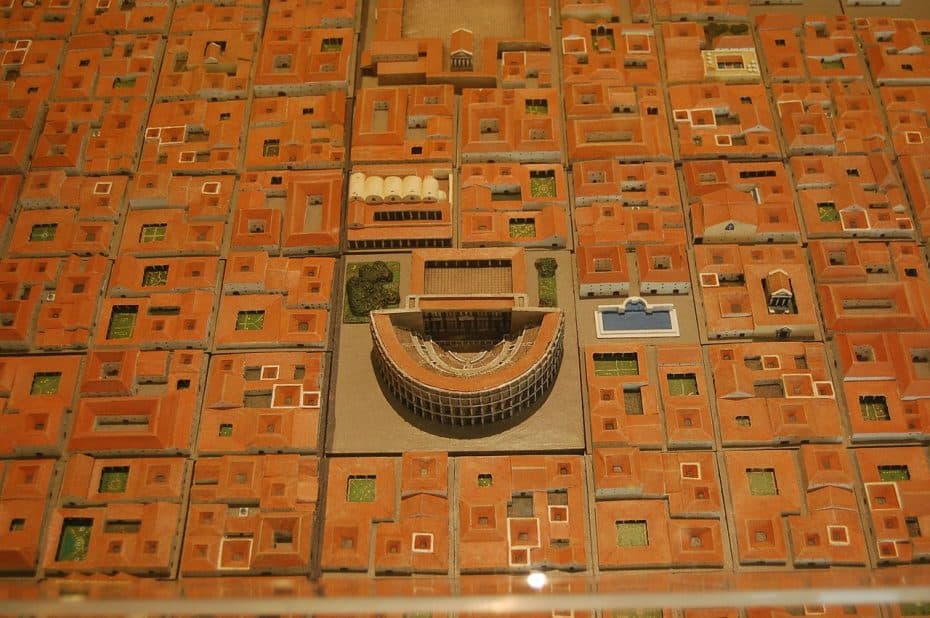
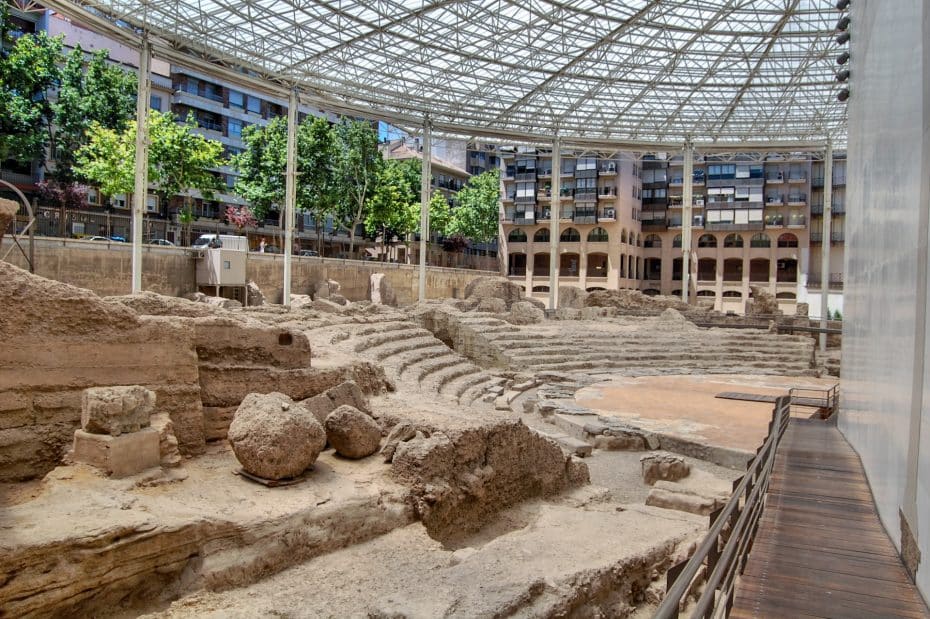
Zaragoza maintains many of its Roman-era characteristics and buildings. A major attraction is the remains of the Forum, where citizens gathered during imperial times. Additionally, the ruins of the Caesaraugusta Theatre provide evidence of Zaragoza’s cultural heritage as a crucial entertainment center during Roman rule.
3. Tarraco
Tarragona, Catalonia
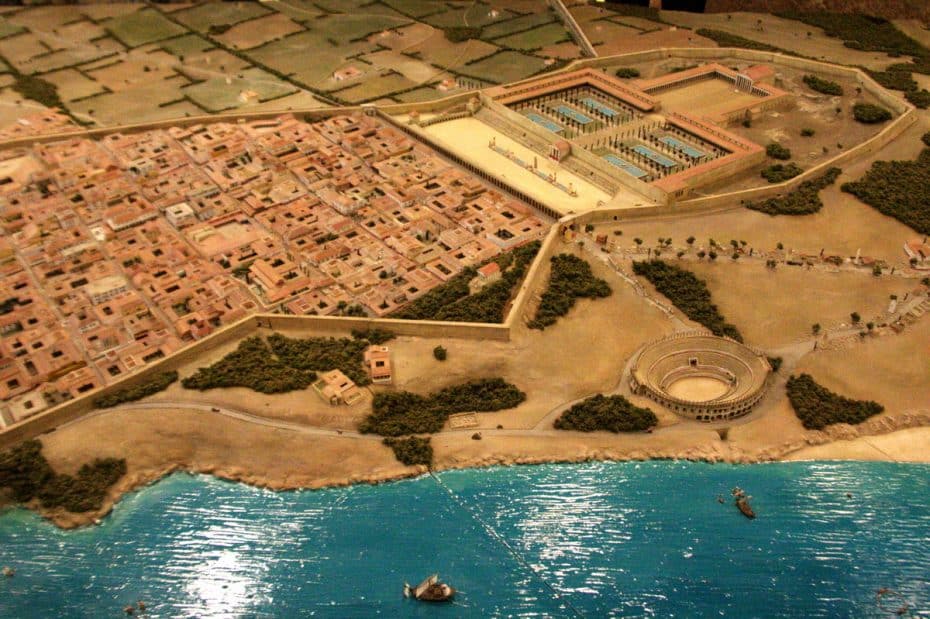
Tarraco, known today as Tarragona, was established in 218 BC during the Second Punic War against Hannibal’s Carthaginian forces. As an important military base and port on the Mediterranean Sea, Tarraco served as the provincial capital during much of Roman rule in Hispania.
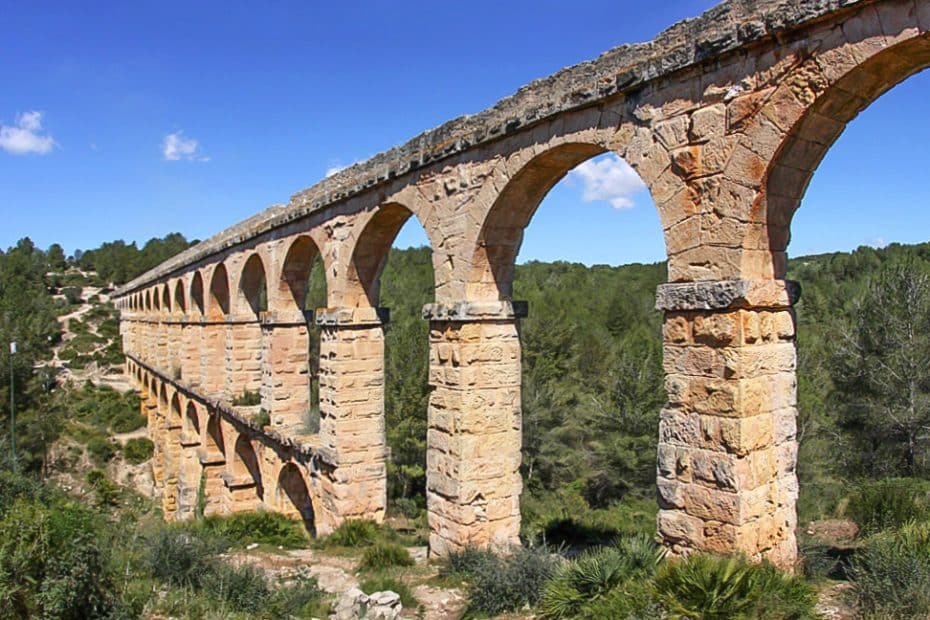
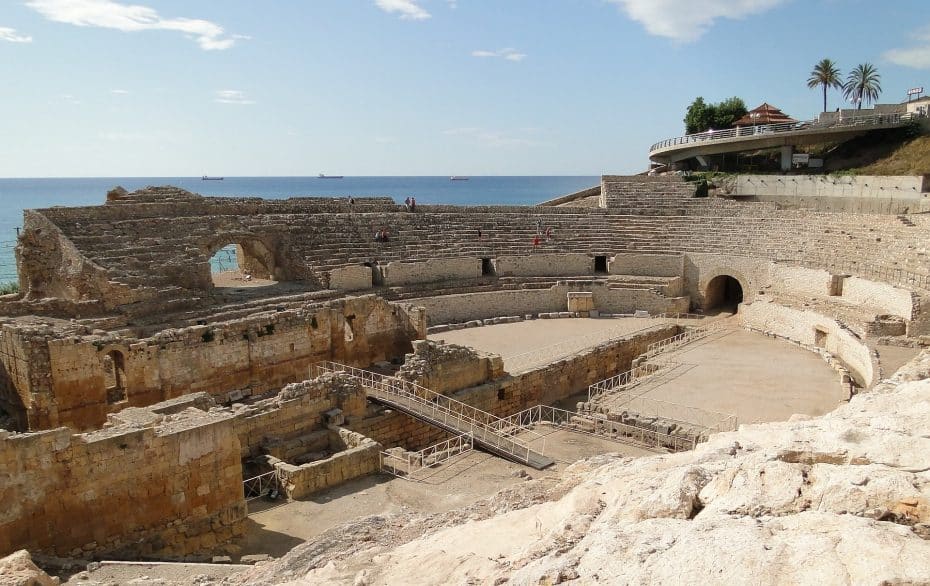
Present-day Tarragona showcases numerous impressive Roman structures that draw visitors. The best-known example is Les Ferreres Aqueduct – also called Pont del Diable – which once carried water to supply Tarraco’s inhabitants. Additionally, Tarraco’s well-preserved amphitheater has stood the test of time, making it an important Roman-era attraction in Catalonia.
4. Corduba
Córdoba, Andalusia
Corduba, present-day Córdoba, was an important Roman city during Roman times. It served as the capital of the Roman province of Hispania Baetica and was a significant hub for Roman economic and administrative activity. Additionally, some famous Roman philosophers, like Seneca and Lucan, were born here.
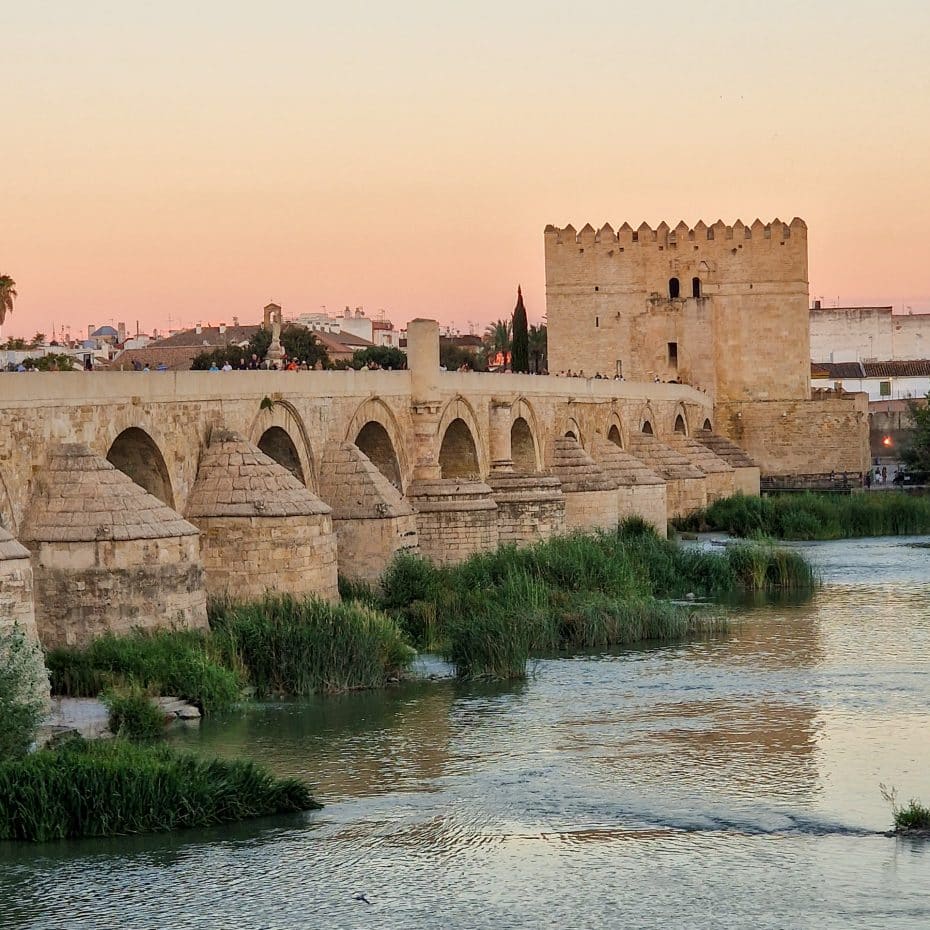
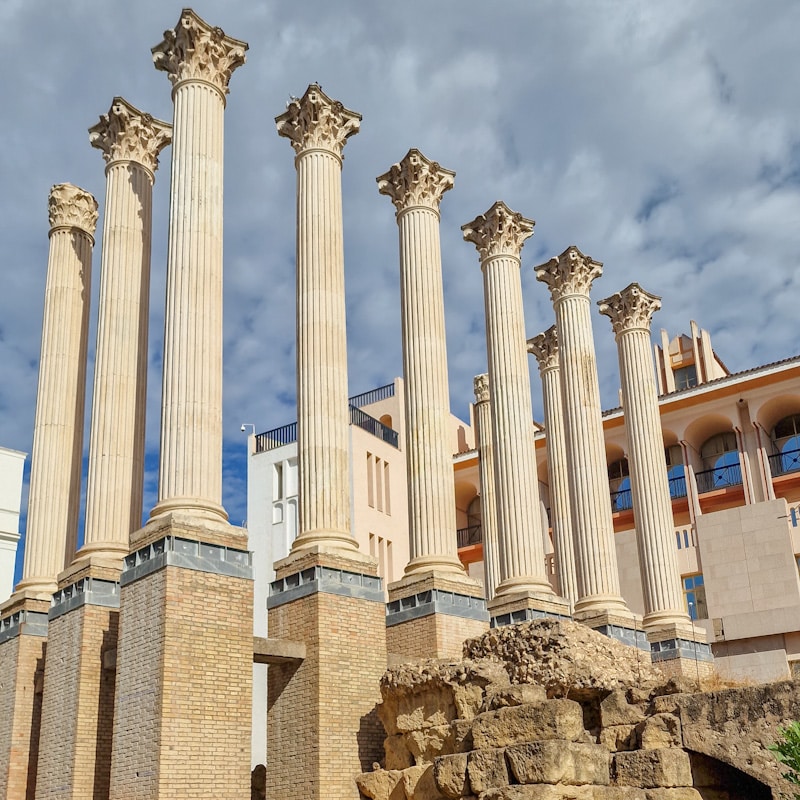
Today, Córdoba preserves numerous remnants of its Roman past. Some notable examples include the Roman Bridge, the impressive ruins of the Roman Temple, and the remains of the ancient city walls.
5. Itálica & Hispalis
Santiponce & Seville, Andalusia
Itálica, located in the modern-day province of Seville, was the birthplace of Roman emperors Trajan and Hadrian. This ancient city gained prominence during the Roman Empire for its strategic military and economic positions. Hispalis, present-day Seville, served as an important commercial and administrative center in the Roman province of Hispania Baetica.
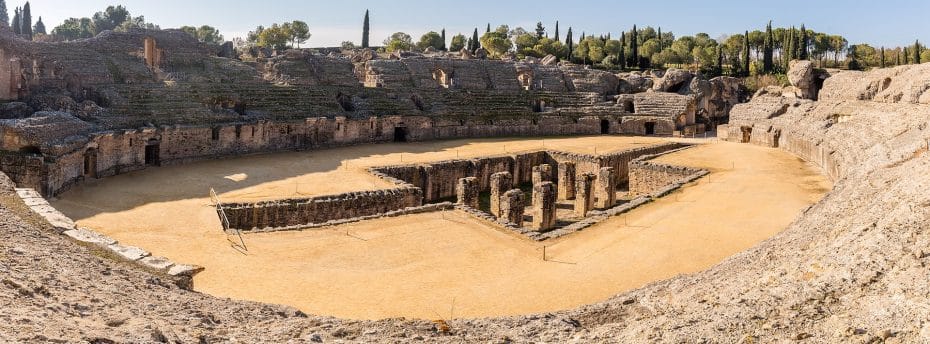
Today, several Roman structures can still be seen in Santiponce and Seville. In Itálica, tourists can visit the impressive amphitheater that once seated 25,000 spectators and explore mosaic-filled houses, such as the House of Neptune. Hispalis displays stunning remnants of an aqueduct system and still features columns from a temple dedicated to Julius Caesar’s family.
Fun fact: Itálica gained international attention when several scenes from Game of Thrones Season 7 were shot here. The amphitheater was used to depict the Dragonpit in King’s Landing in episodes such as “The Dragon and the Wolf” and “Beyond the Wall.”
6. Cartago Nova
Cartagena, Murcia
Cartago Nova, now known as Cartagena, was a major port city during the Roman Empire. Located in present-day southeastern Spain, it was a strategic naval base and an important center for mining and commerce in Roman times. The city played a crucial role in maritime trade and was considered one of the most prosperous colonies in the empire.
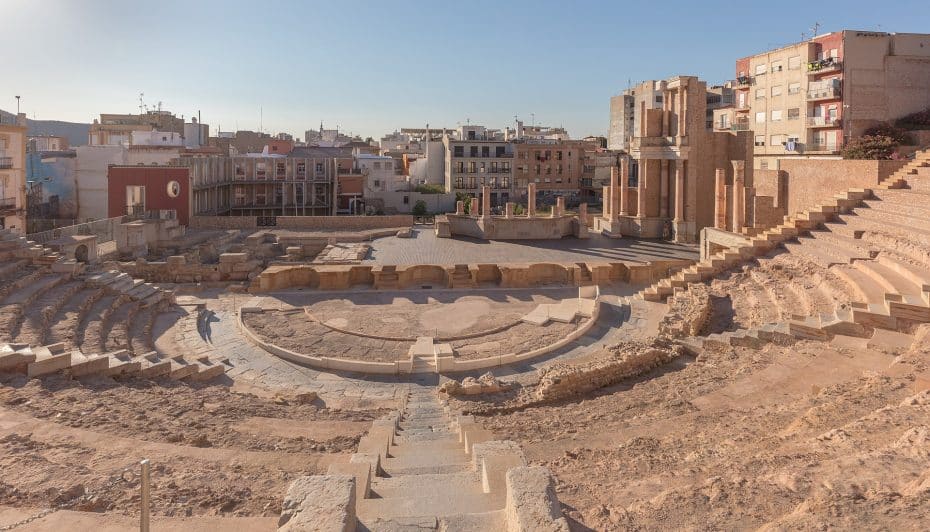
Today, Cartagena remains significant for its well-preserved Roman architecture and archaeological sites. Notable landmarks include the Roman Theatre, which dates back to the 1st century BC, and the House of Fortune, a Roman dwelling with well-preserved mosaics. These sites provide invaluable insight into life during the Roman era and are popular attractions.
7. Gades
Cádiz, Andalusia
Gades, present-day Cádiz, Spain, is considered the oldest continuously inhabited settlement in the country. Although not founded by the Romans but rather by the Phoenicians around 1100 BC, it was an important city during Ancient Roman times. It served as a vital trade port and a center for learning, making it an essential part of Roman Hispania. At some point, Gades was the fifth-most populated city in the Roman Empire.
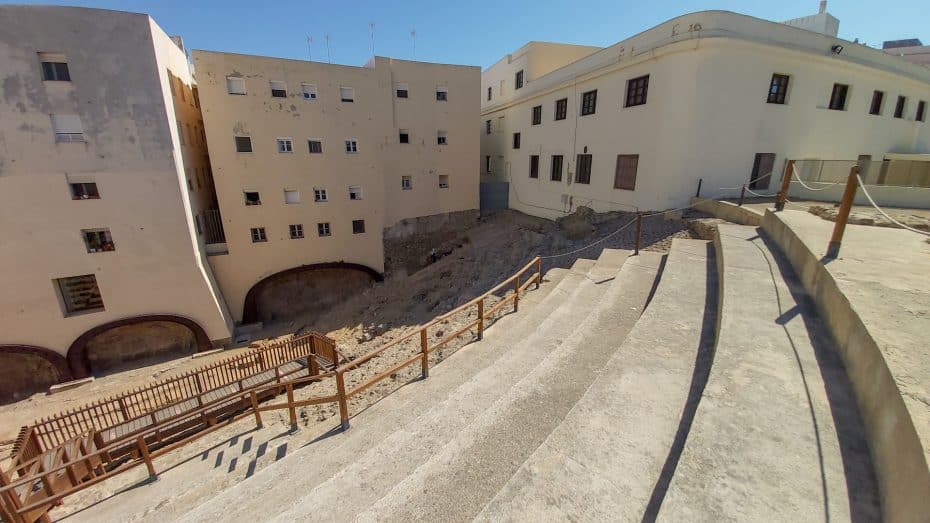
In modern times, Cádiz continues to be an important city in Spain due to its history and preserved Roman-era buildings. Visitors to the city can still find evidence of its Roman past through ruins such as the Roman Theater and the remains of the Temple of Hercules.
8. Complutum
Alcalá de Henares, Madrid
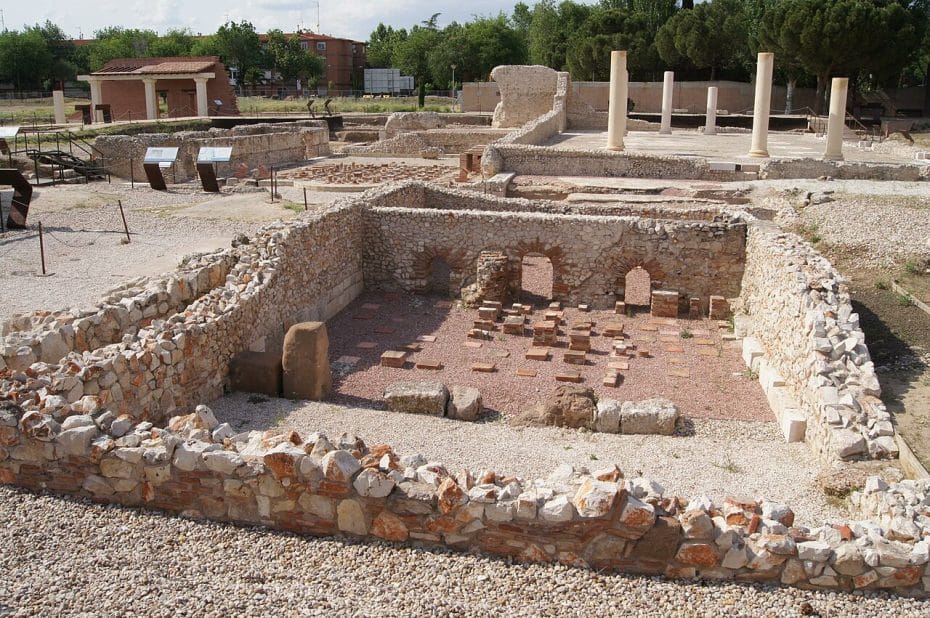
In Roman times, Complutum was an important Roman city in Hispania Tarraconensis province. It served as an essential hub for road networks, connecting several other Roman cities and territories. Today, Complutum is part of the modern city of Alcalá de Henares.
Notable Roman-era structures include the House of Hippolytus, the Roman baths, and a Roman theater.
9. Segovia
Segovia, Castilla y León
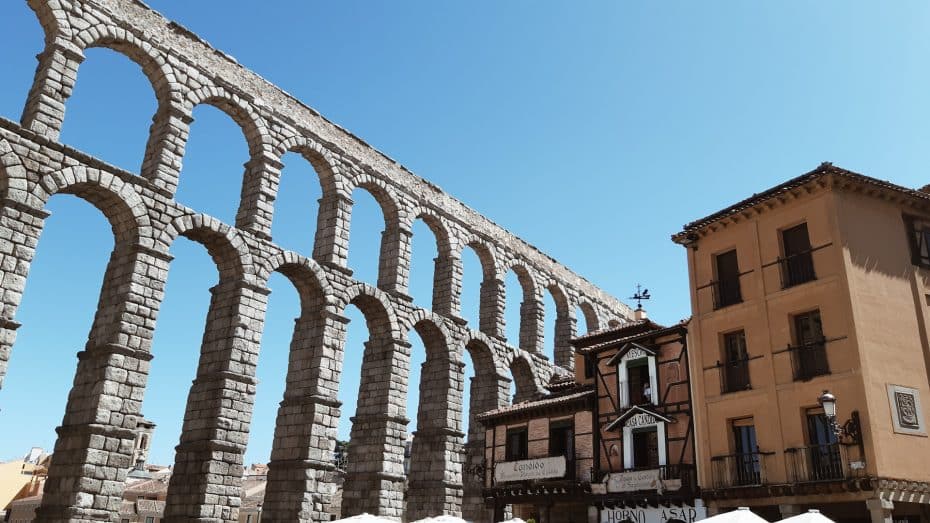
Segovia, or Secovia, was a prominent Roman city in Spain. In Roman times, it was part of the province of Hispania Citerior and later Hispania Tarraconensis. The city was valued for its strategic position along major trade routes and as a defense site. Nowadays, Segovia is famous for its well-preserved Roman-era aqueduct, a remarkable example of ancient engineering and architecture.
10. Saguntum
Sagunto, Valencian Community
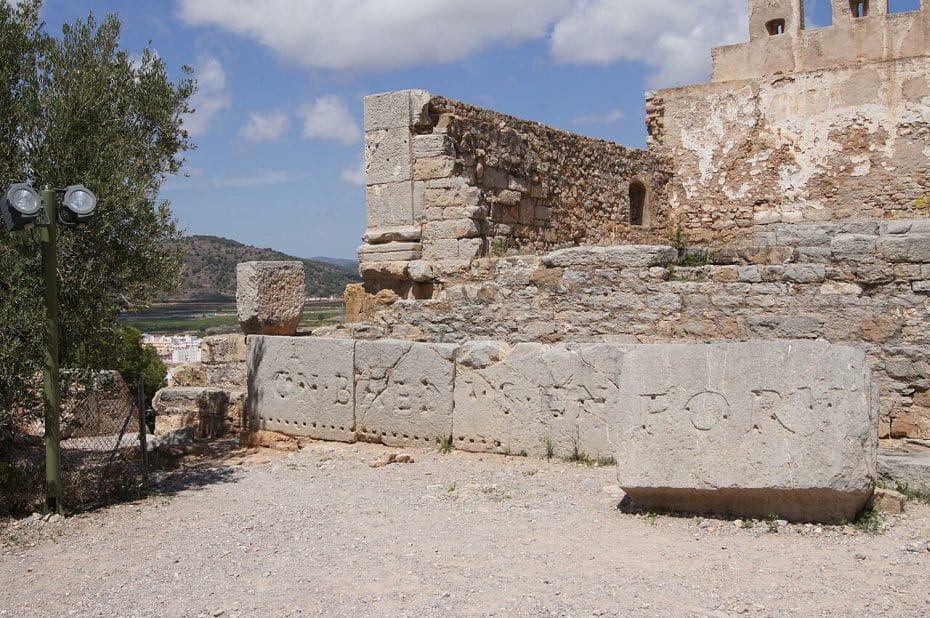
Saguntum, a significant Roman city during its era, was located in the province of Hispania Tarraconensis. The city gained its importance due to its strategic coastal position, which proved beneficial for maritime trade and protection against invasions. Present-day Sagunt is situated near Valencia.
Saguntum’s heritage from the Roman era is evident through the visible remains of a Roman theater, forum, and circus.
11. Lucus Augusta
Lugo, Galicia
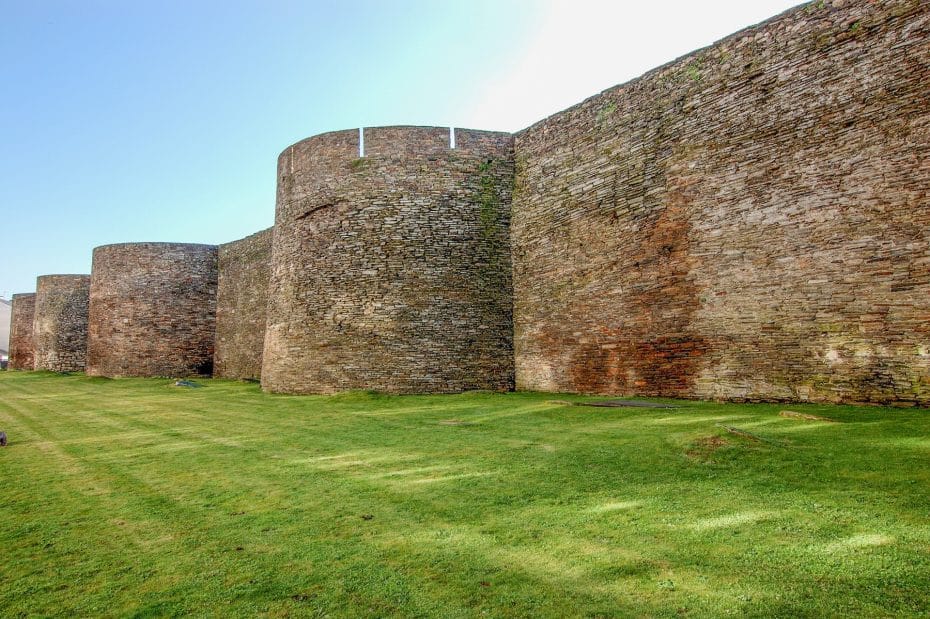
Lucus Augusta, now known as Lugo, was an essential administrative center in the Gallaecia province during Roman times. The city’s main significance derives from its status as the provincial capital. Lugo’s most incredible example of Roman-era architecture is the well-preserved Roman walls encircling the old town. Presently, these walls have been designated as a UNESCO World Heritage Site for their outstanding representation of ancient defensive structures.



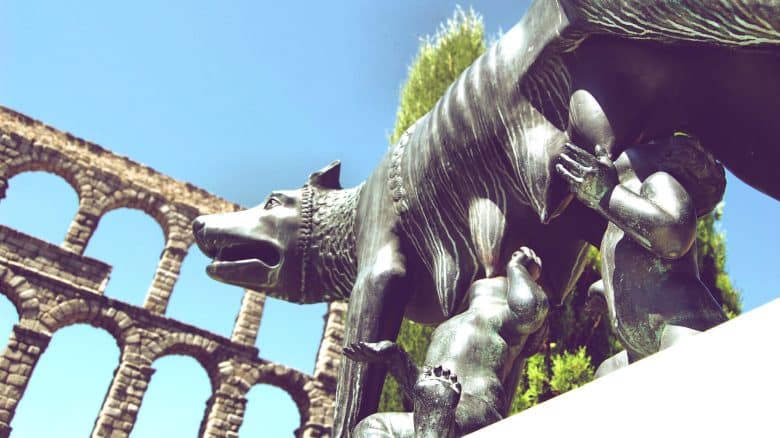
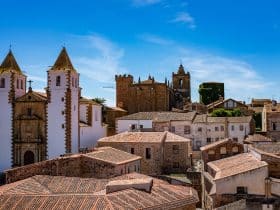
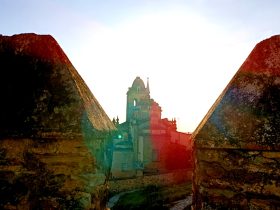
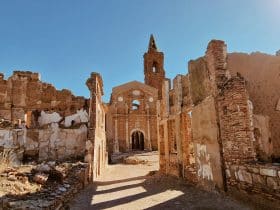
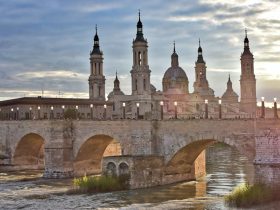
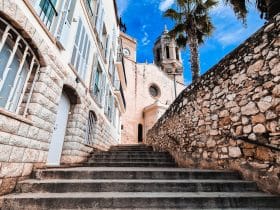

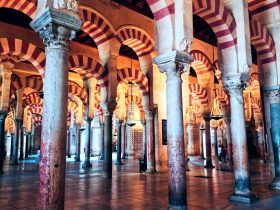

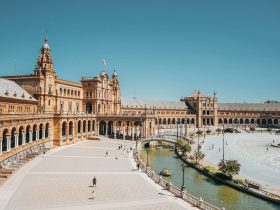
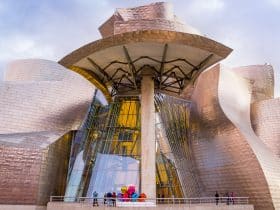
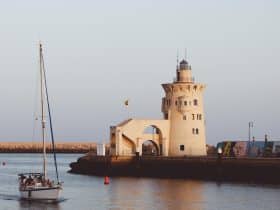
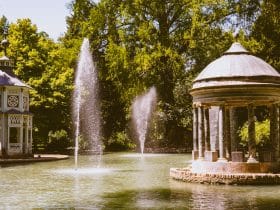
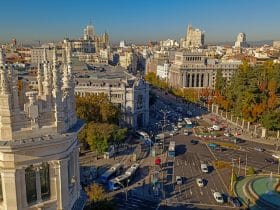
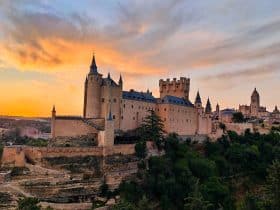
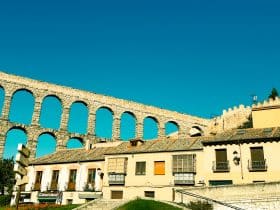
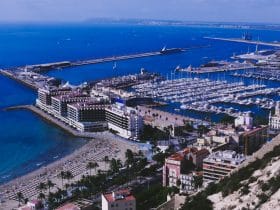





















Leave a Reply
View Comments